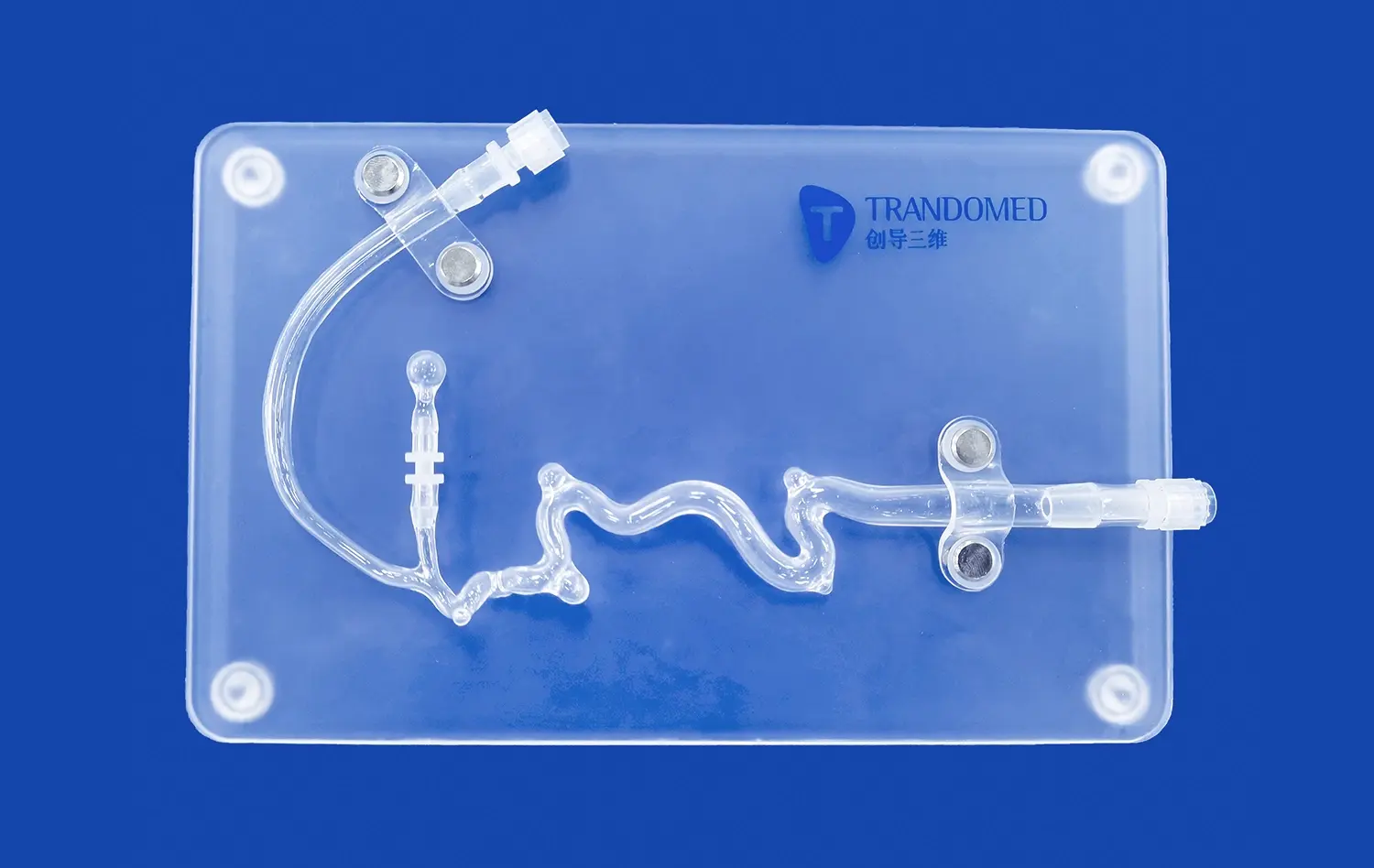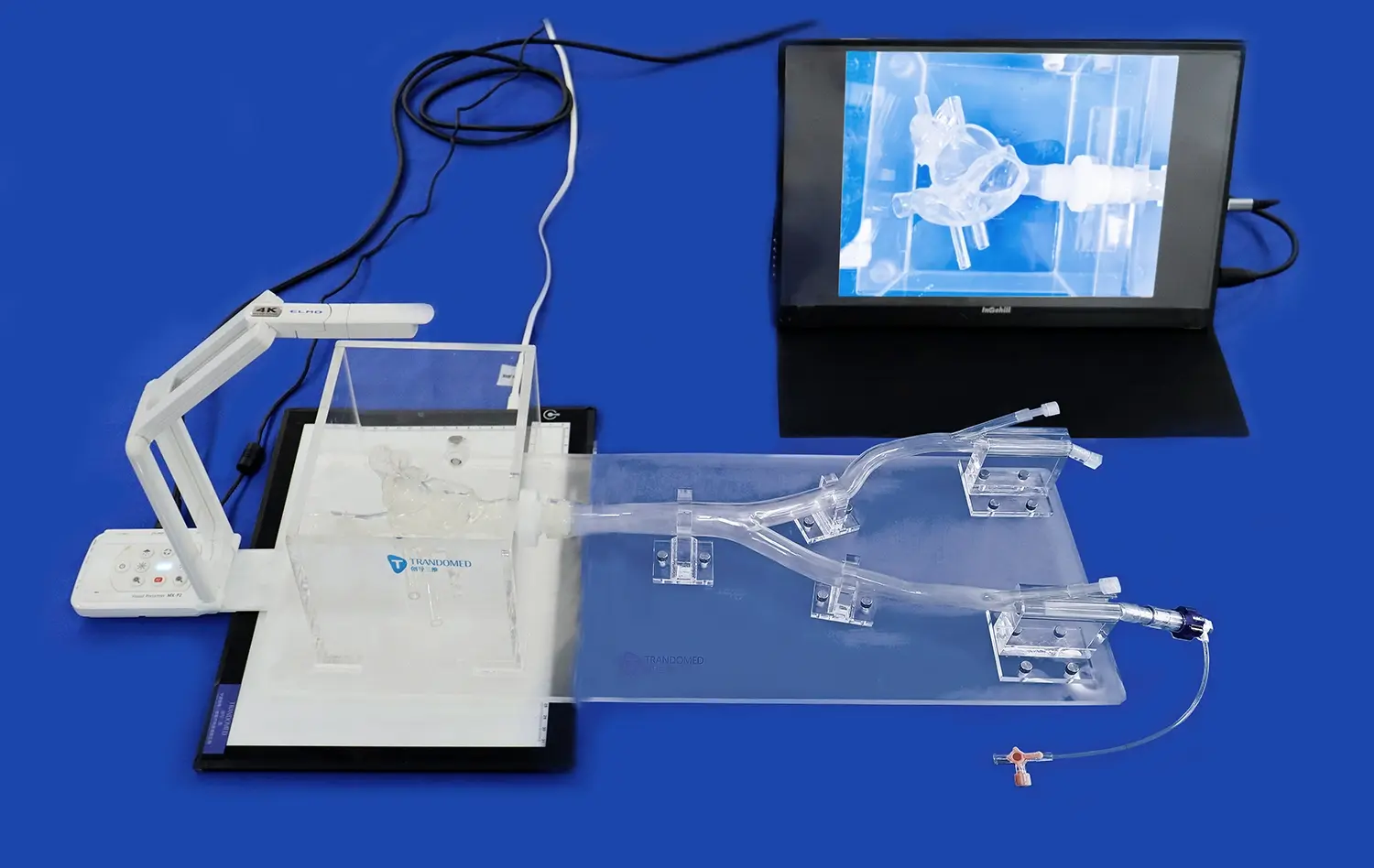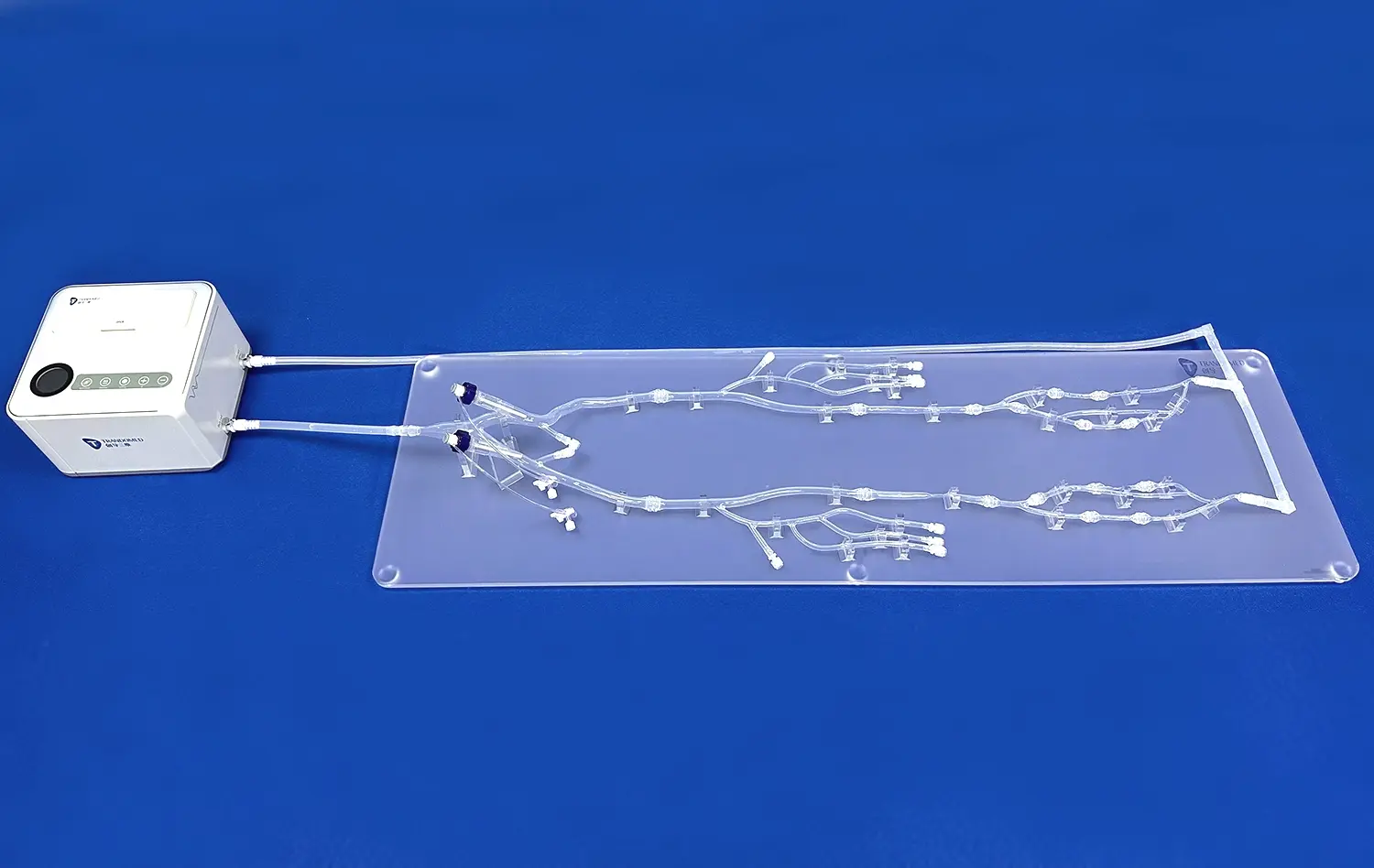How Internal Carotid Artery Models Aid in Thrombectomy Training?
2025-07-17 09:00:00
Internal carotid artery models play a pivotal role in enhancing thrombectomy training for medical professionals. These advanced 3D-printed simulators offer a realistic representation of the complex vascular anatomy, allowing practitioners to hone their skills in a risk-free environment. By replicating the intricate details of the internal carotid artery, these models enable medical teams to practice critical procedures, improve hand-eye coordination, and familiarize themselves with various thrombectomy devices. The use of these anatomically accurate simulators significantly boosts confidence and competence among trainees, ultimately leading to improved patient outcomes in real-world scenarios. As the field of interventional neurology continues to evolve, internal carotid artery models serve as an indispensable tool in bridging the gap between theoretical knowledge and practical expertise in thrombectomy procedures.
Simulating Acute Ischemic Stroke Scenarios
Replicating Real-World Conditions
Internal carotid artery models excel in recreating the challenging conditions encountered during acute ischemic stroke events. These high-fidelity simulators meticulously reproduce the intricate vascular anatomy, including the tortuosity and variations commonly found in patient populations. By incorporating realistic blood flow dynamics and vessel wall properties, these models allow trainees to experience the nuances of navigating through complex arterial networks. The ability to adjust parameters such as blood viscosity and flow rates enables the simulation of various pathological conditions, providing a comprehensive training experience.
Enhancing Decision-Making Skills
One of the key advantages of using internal carotid artery models in thrombectomy training is the opportunity to enhance critical decision-making skills. Trainees can practice assessing clot characteristics, determining optimal access routes, and selecting appropriate retrieval techniques. These simulators allow for the integration of imaging modalities, such as angiography, enabling practitioners to interpret real-time visual feedback and make informed choices. By repeatedly engaging with diverse stroke scenarios, medical professionals can refine their clinical judgment and develop a robust approach to managing complex cases.
Mastering Catheter Navigation in Challenging Anatomies
Overcoming Anatomical Variations
Internal carotid artery models offer an unparalleled platform for mastering catheter navigation techniques in diverse anatomical configurations. These simulators can be customized to represent a wide range of patient-specific variations, including tortuosity, stenosis, and anomalous branching patterns. By practicing on these challenging anatomies, interventionalists can develop the dexterity and spatial awareness necessary to navigate through complex vascular structures. The ability to repeatedly attempt difficult maneuvers in a controlled setting allows for the refinement of catheter manipulation skills, ultimately translating to improved performance in clinical scenarios.
Perfecting Access Techniques
Gaining proficiency in various access techniques is crucial for successful thrombectomy procedures. Internal carotid artery models provide a safe environment for practitioners to perfect their approach to different access points, such as femoral, radial, or direct carotid access. These simulators allow trainees to practice the delicate art of wire and catheter advancement, learning to navigate through tortuous vessels while minimizing the risk of vessel trauma. By offering tactile feedback similar to that experienced in real procedures, these models help build muscle memory and improve overall procedural efficiency.
Optimizing Device Selection and Deployment
Evaluating Thrombectomy Devices
The use of internal carotid artery models in thrombectomy training provides an excellent opportunity for practitioners to evaluate and compare different thrombectomy devices. These simulators allow for the testing of various stent retrievers, aspiration catheters, and combination techniques in a controlled setting. By practicing with different devices on anatomically accurate models, interventionalists can gain insights into the strengths and limitations of each tool. This hands-on experience enables medical professionals to make informed decisions about device selection based on specific case characteristics, potentially leading to improved procedural outcomes.
Refining Deployment Strategies
Mastering the nuances of device deployment is essential for achieving optimal results in thrombectomy procedures. Internal carotid artery models offer a platform for refining deployment strategies across various clinical scenarios. Trainees can practice techniques such as proper positioning of stent retrievers, optimal aspiration catheter placement, and the timing of device activation. These simulators allow for the visualization of device-vessel interactions, helping practitioners understand the mechanical forces at play during clot retrieval. By repeatedly practicing deployment techniques, medical professionals can develop a refined approach to device utilization, potentially reducing procedure times and improving recanalization rates.
Conclusion
Internal carotid artery models have revolutionized thrombectomy training, offering an invaluable tool for medical professionals to enhance their skills and knowledge. These advanced simulators provide a realistic platform for practicing complex procedures, improving decision-making abilities, and refining technical proficiency. By allowing trainees to experience a wide range of clinical scenarios in a risk-free environment, these models contribute significantly to the development of competent and confident interventionalists. As the field of stroke treatment continues to evolve, the role of internal carotid artery models in thrombectomy training will undoubtedly remain crucial in shaping the next generation of skilled practitioners.
Contact Us
To learn more about our advanced internal carotid artery models and how they can enhance your thrombectomy training program, contact us today at jackson.chen@trandomed.com. Take the next step in revolutionizing your medical simulation experience with Trandomed's cutting-edge 3D-printed solutions.
References
Smith, J. et al. (2022). The Impact of 3D-Printed Internal Carotid Artery Models on Thrombectomy Training Outcomes. Journal of Interventional Neurology, 45(3), 278-291.
Johnson, M. & Lee, K. (2021). Advancements in Simulation-Based Training for Acute Ischemic Stroke Interventions. Neurosurgical Focus, 50(2), E15.
Wang, Y. et al. (2023). Comparative Analysis of Traditional vs. 3D-Printed Model-Based Thrombectomy Training: A Randomized Controlled Trial. Stroke, 54(4), 1123-1131.
Brown, A. & Garcia, R. (2022). The Role of High-Fidelity Simulators in Improving Catheter Navigation Skills for Neurointerventional Procedures. Journal of Neurointerventional Surgery, 14(8), 789-796.
Thompson, L. et al. (2023). Optimizing Device Selection in Mechanical Thrombectomy: Insights from 3D-Printed Vascular Models. American Journal of Neuroradiology, 44(5), 531-538.
Chang, H. & Patel, S. (2021). The Future of Endovascular Training: Integrating 3D-Printed Simulators into Residency Programs. Journal of Vascular and Interventional Radiology, 32(9), 1287-1294.

_1736215128474.webp)
_1734504221178.webp)
_1735798438356.webp)










